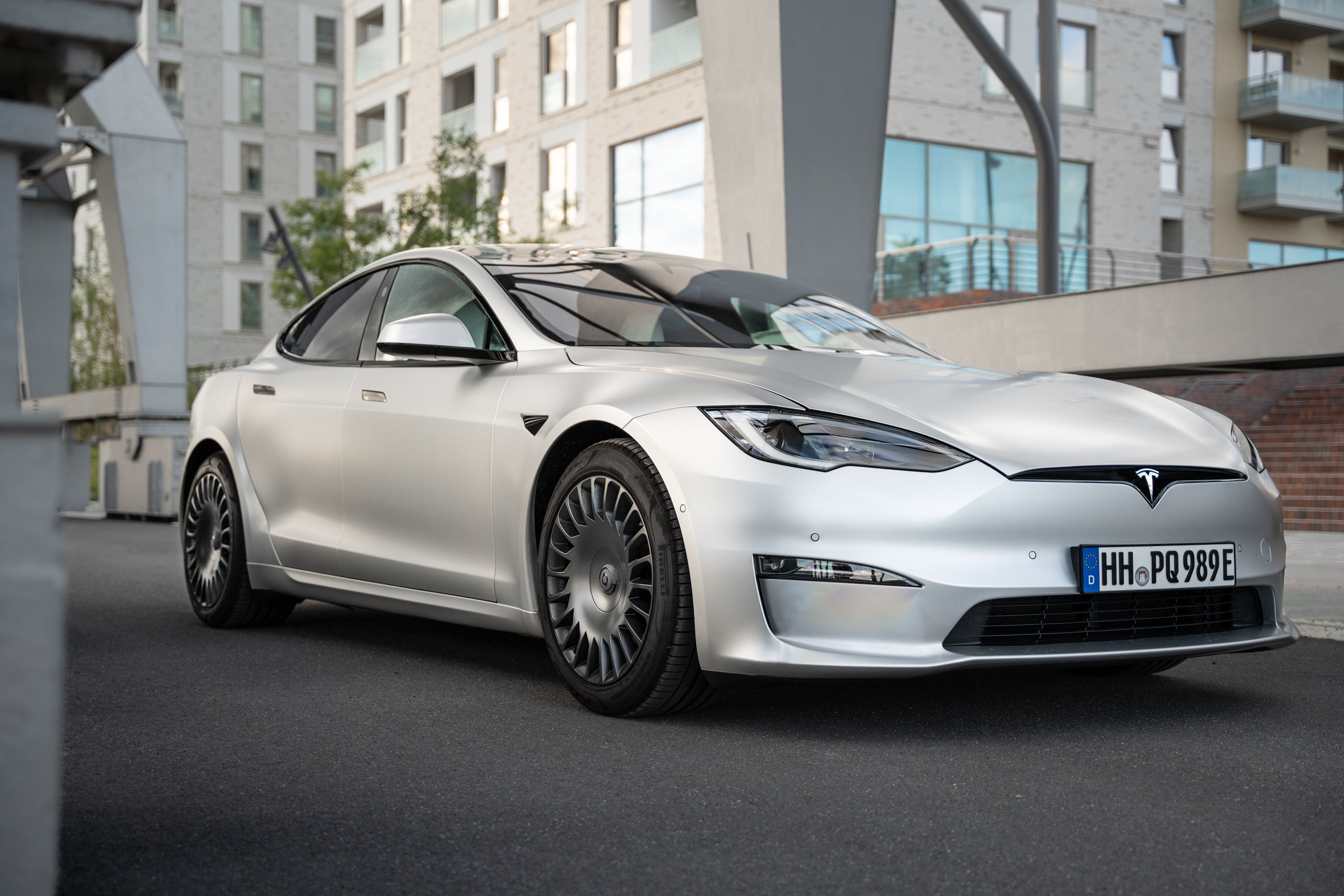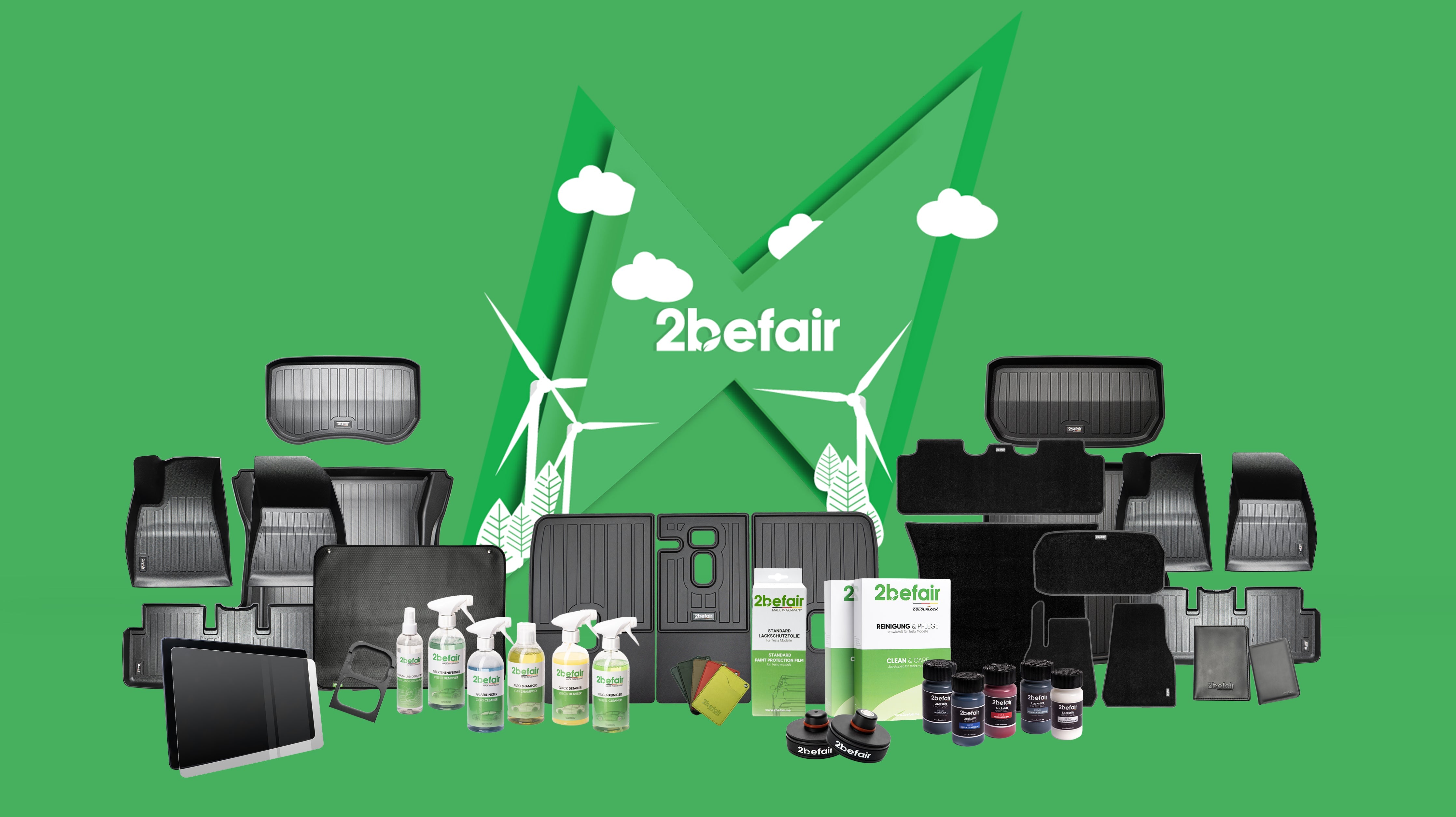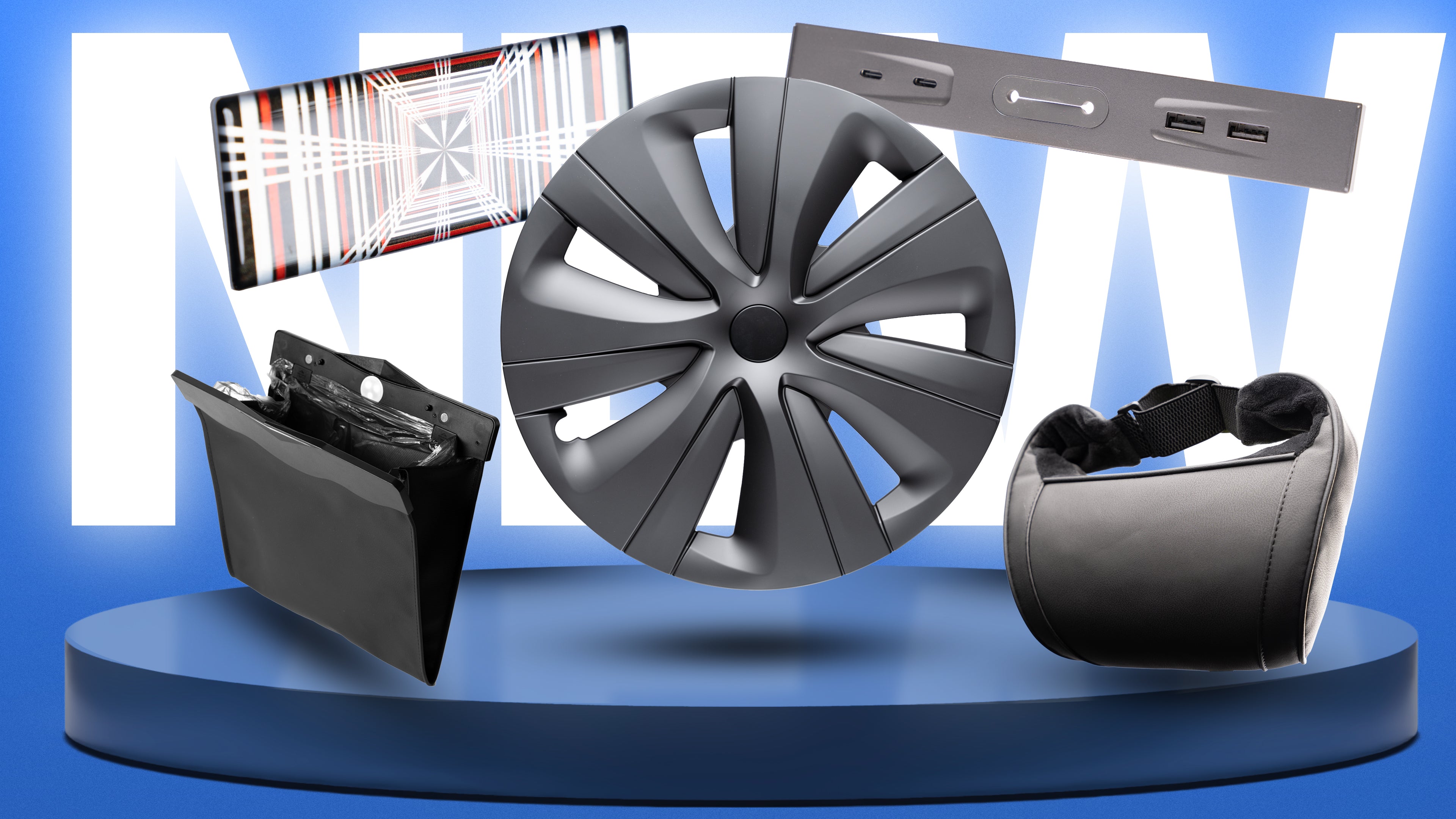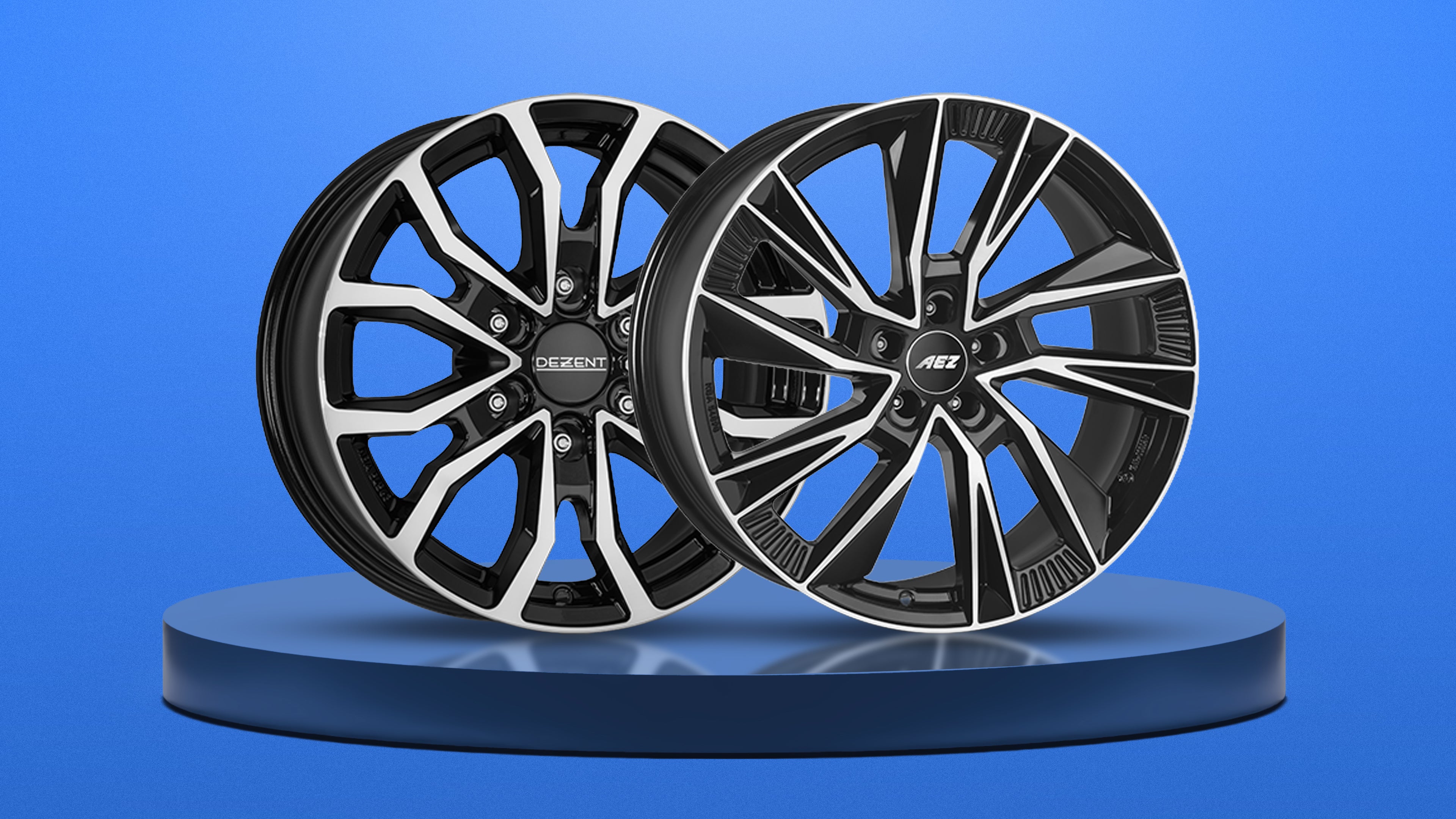Tesla It started to test the 350 kW charging speed of its V4 supercharger in a nationwide series of tests. These tests could aim to optimize the charging curve of the cybertruck because it is the only electric vehicle from Tesla with an 800V drive train.
Cybertruck loads faster than expected
Tesla-Drivers report that they could load their cyberruck on superchargers with a nominal output of 250 kW with over 300 kW. Wes Morrill, senior engineer of cybertruck at Tesla, confirmed that faster charging speeds are on the way.
Although Tesla's V4 supercharger are officially designed for 350 kW, they are currently operated in V3 housings that are designed for 250kW. However, a cybertruck owner found that his vehicle with 324kW was loaded on a supercharger with a 250 kW badge on the back. Wes Morrill confirmed that Tesla Purs tests at some V3 + stations (V3 housing + V4 loading posts) and that such speeds are not a mistake in the system.
Optimization of loading times
The cybertruck is Tesla's first vehicle with a modern 800V drive architecture and the only one that can fully use such modified V4 superchargers. When presenting the cybertruck, Tesla's senior engineer Lars Moravy confirmed that the vehicle can be loaded on a suitable high-performance charger in less than 20 minutes. This is likely to refer to the typical 20% -80% charging scenario. In reality, however, an attempt to load shows that it takes 20 minutes to load the cyberruck to 50% and 40 minutes to reach 80%.
New battery technology and software updates
One possible reason for the slow loading speed could be the charging characteristics of the 4680 batteries. The cybertruck uses the second generation of cybercell batteries with 10% higher energy density. Tesla has released load optimization with the software update 2024.20.7. To use the full loading speeds, you should Tesla but also upgrade his V4 superchargers.
Currently tested Tesla 350kW charging speeds at selected V4 stations to prepare for the increasing number of cybertrucks on the streets. Tesla recently presented the first cybertruck with 4680 battery cells, which were completely produced using the dry-electrode process. These batteries are not only cheaper and less toxic, but could also offer an improved loading characteristics. This could be the reason why Tesla now performs V4 charging speed tests.
These developments could be crucial to shorten the loading times of cybertruck and further increase efficiency.








































